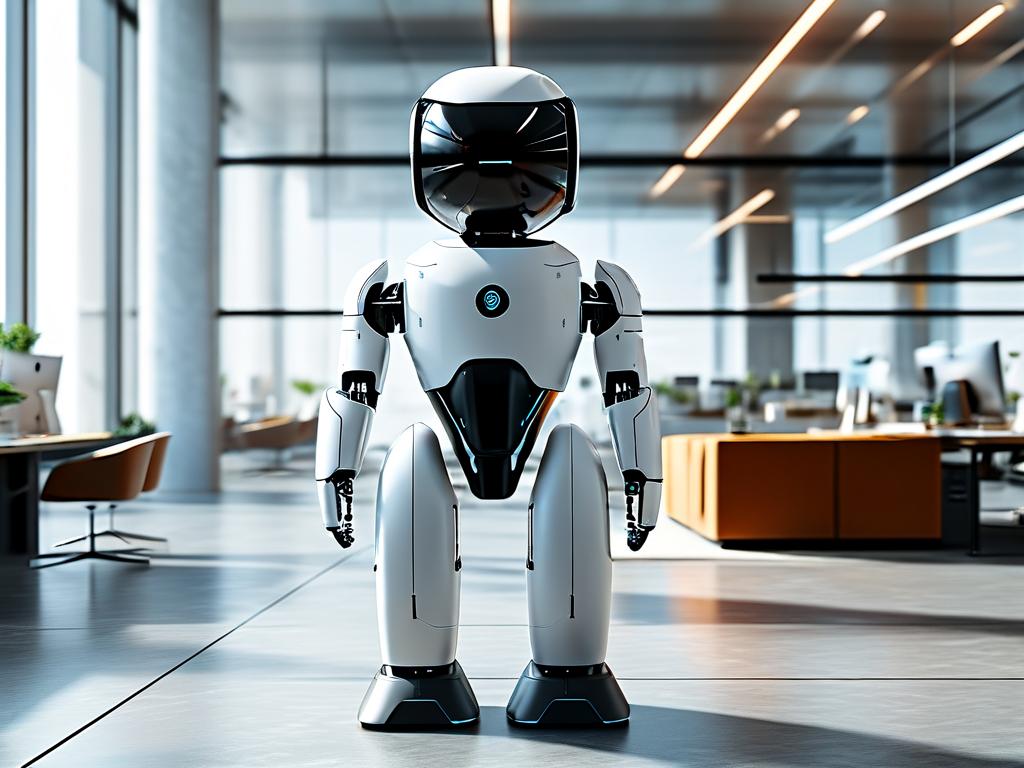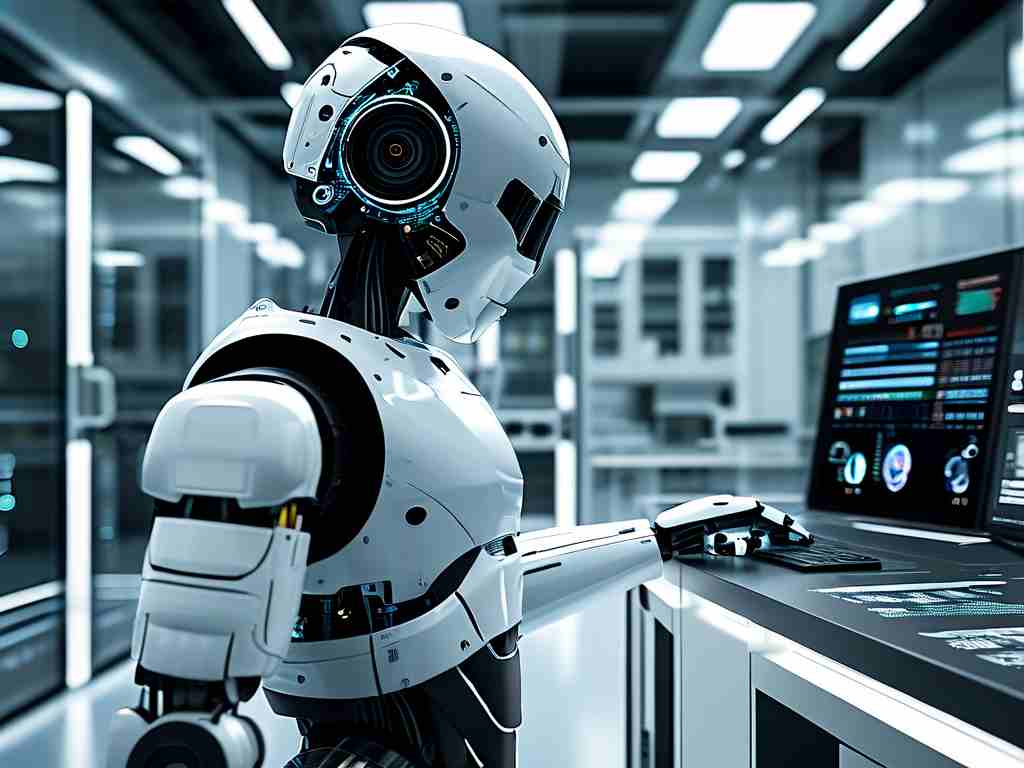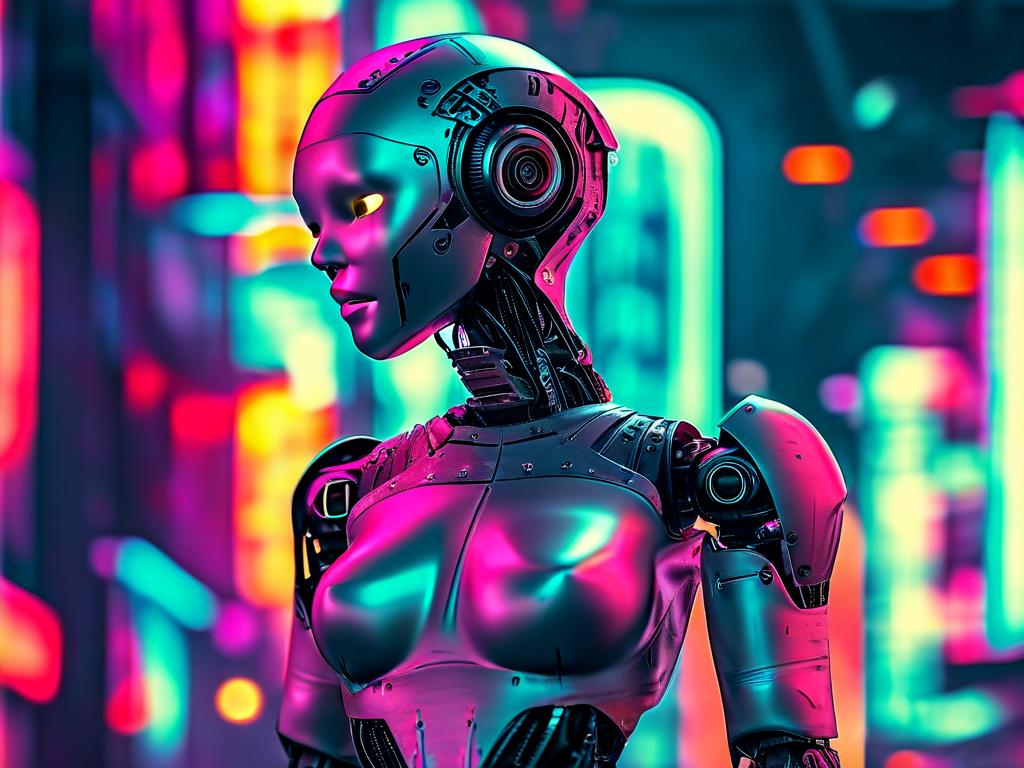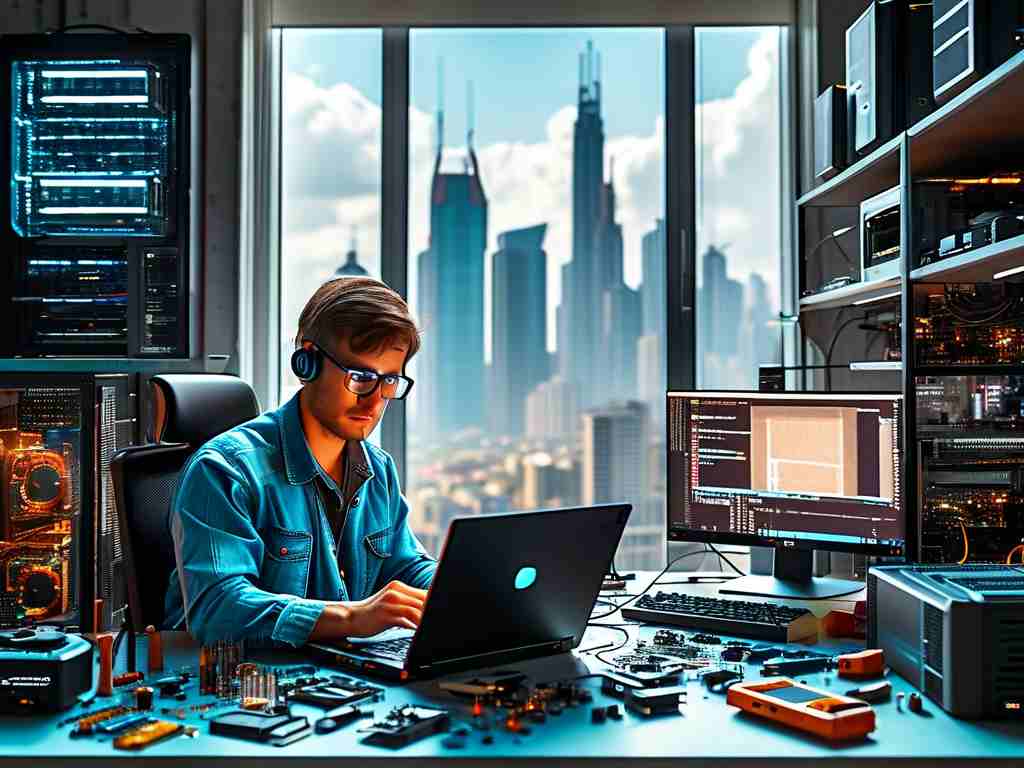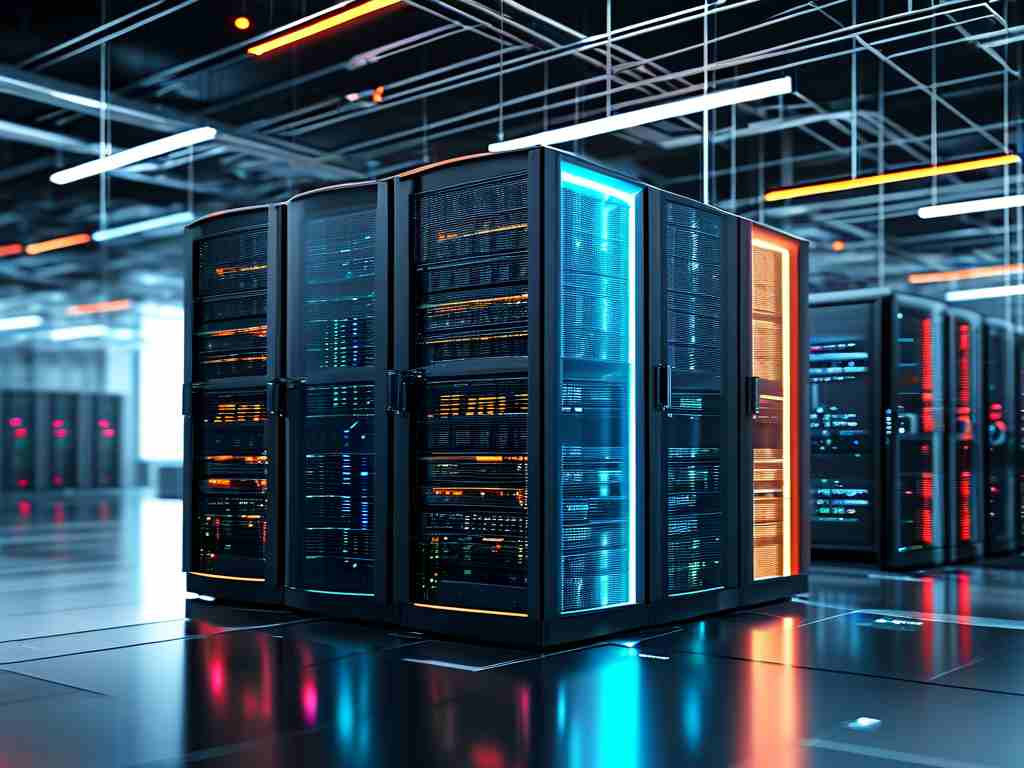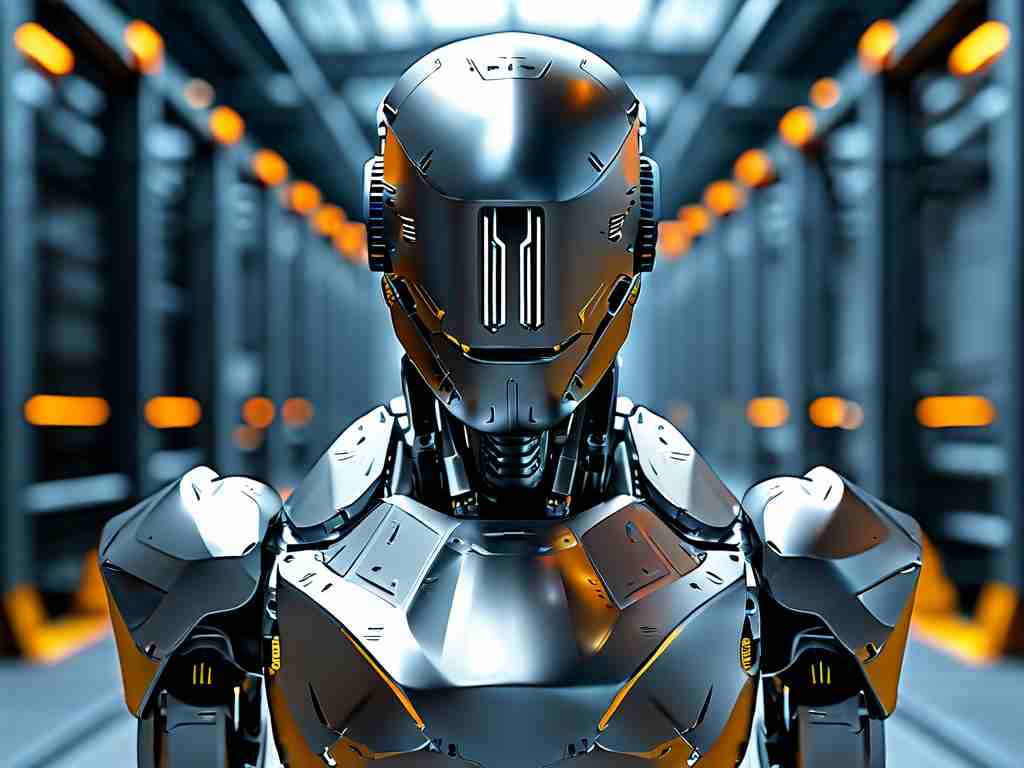The rapid evolution of artificial intelligence (AI) has propelled robotics into uncharted territories, blending cognitive capabilities with mechanical precision. This synergy is redefining industries, healthcare, and everyday life. By integrating advanced algorithms, sensor networks, and adaptive learning systems, AI-powered robots are no longer confined to repetitive tasks but are now capable of complex decision-making and real-time problem-solving.
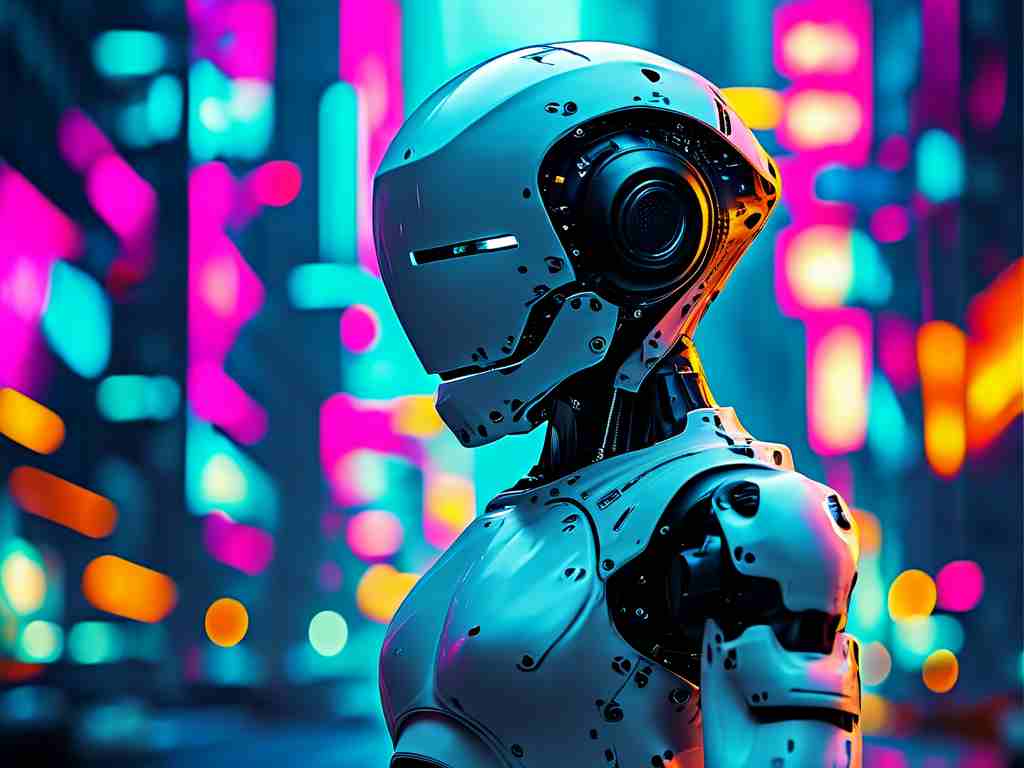
One of the most transformative aspects of AI robotics lies in its ability to process vast datasets. Machine learning models, such as neural networks, enable robots to recognize patterns, predict outcomes, and refine their actions autonomously. For instance, in manufacturing, collaborative robots (cobots) equipped with vision systems can identify defective components on assembly lines with 99.7% accuracy, reducing waste by up to 30%. Similarly, agricultural robots leverage satellite imagery and soil sensors to optimize planting schedules, boosting crop yields while minimizing resource use.
A critical driver of this progress is the development of reinforcement learning (RL), where robots learn through trial and error in simulated environments. Boston Dynamics’ Spot robot, for example, uses RL to navigate uneven terrain and adapt to obstacles without human intervention. This approach not only accelerates skill acquisition but also ensures adaptability in dynamic settings, from disaster zones to construction sites.
Another groundbreaking innovation is the fusion of AI with soft robotics. Traditional rigid robots struggle with delicate tasks, but soft robots—built from flexible materials—can safely interact with humans and fragile objects. Researchers at Harvard’s Wyss Institute have created a robotic gripper inspired by octopus tentacles, capable of handling everything from glass vials to raw eggs. When paired with AI, these robots adjust their grip strength and orientation based on tactile feedback, making them ideal for healthcare applications like surgery or elderly care.
Despite these advancements, challenges persist. Energy efficiency remains a bottleneck, as high-performance AI models demand substantial computational power. To address this, companies like NVIDIA are developing edge-computing chips tailored for robotics, enabling real-time processing without reliance on cloud servers. Meanwhile, ethical concerns—such as job displacement and data privacy—require proactive policymaking. The European Union’s recent AI Act, which classifies robotics applications by risk level, offers a framework for balancing innovation with accountability.
Looking ahead, the convergence of AI and quantum computing could unlock unprecedented capabilities. Quantum-enhanced algorithms may allow robots to solve optimization problems in seconds—tasks that currently take hours. For example, logistics robots could dynamically reroute shipments during supply chain disruptions, minimizing delays. Additionally, advancements in neuromorphic engineering aim to mimic the human brain’s efficiency, paving the way for robots that learn continuously with minimal energy input.
In healthcare, AI robotics is poised to revolutionize patient care. Surgical robots like the da Vinci system already assist in minimally invasive procedures, but next-gen systems will integrate predictive analytics. Imagine a robot that not only performs surgery but also anticipates complications by analyzing a patient’s vital signs in real time. Similarly, mental health robots powered by natural language processing (NLP) are being tested to provide companionship and cognitive behavioral therapy for isolated individuals.
Education and public awareness are equally vital. As AI robots become ubiquitous, fostering digital literacy will ensure equitable access to their benefits. Initiatives like MIT’s OpenCourseWare on robotics ethics and DIY robot kits for students aim to democratize knowledge, empowering the next generation to shape this technology responsibly.
In , AI robotics is not merely an extension of automation but a paradigm shift in how machines interact with the world. By addressing technical hurdles and ethical dilemmas, humanity can harness this potential to create sustainable, inclusive solutions—transforming challenges into opportunities for global progress.


